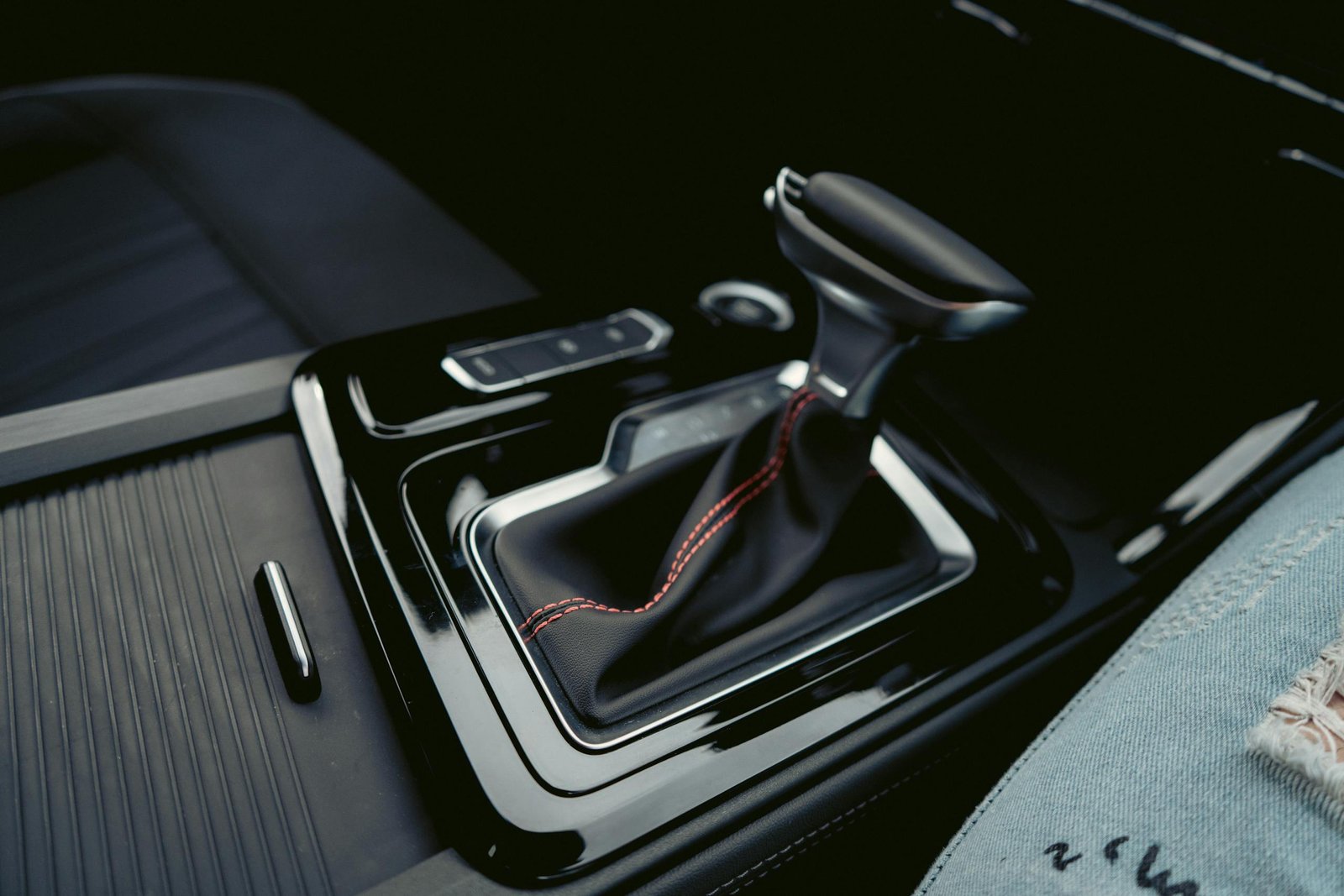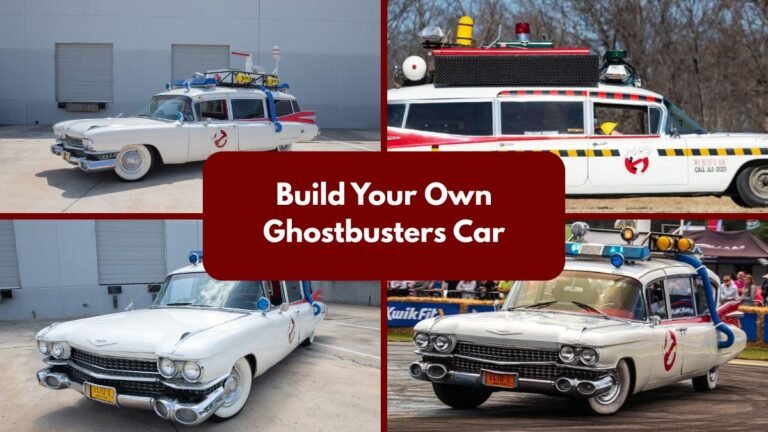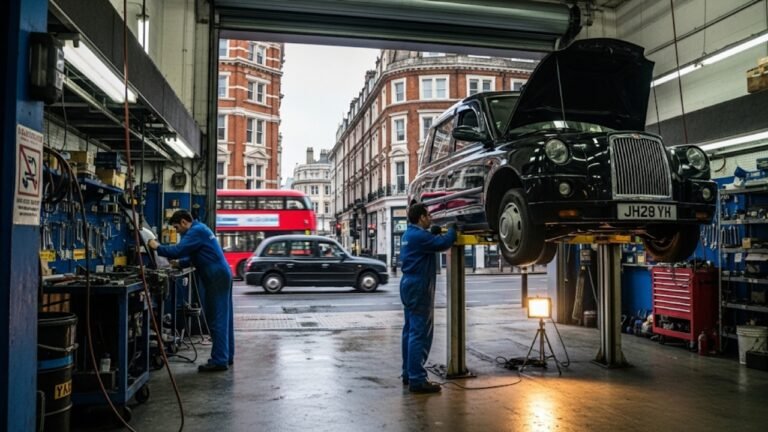Towing an Automatic Transmission Car: A Complete Guide

Imagine this: you’re cruising down the highway, windows down, favorite playlist on. Then suddenly—bam! Your car jerks, sputters, and comes to a halt. Your heart sinks. Your automatic transmission car just gave up on you in the middle of nowhere. Now what?
Towing is the obvious answer, right? But here’s the twist—towing an automatic transmission car isn’t as simple as dragging it behind another vehicle. Do it wrong, and you might end up with thousands of dollars in transmission damage. That’s no exaggeration.
This guide will help you understand how to tow an automatic transmission car the right way. No fluff. No technical jargon. Just simple, honest advice based on real situations.
Why Towing an Automatic Transmission Car Is Tricky
Automatic cars are like that one friend who can’t handle change well. Everything must happen in a certain order—or chaos follows.
Unlike manual transmissions, automatic transmission cars rely on a fluid-driven system. That means if you tow it with the drive wheels on the ground, you risk spinning internal components without proper lubrication. This friction causes overheating and damage—fast.
Here’s a relatable way to think of it:
Imagine jogging without drinking any water. At first, you’re fine. But after a while, you start feeling lightheaded, your muscles cramp, and your body screams for help. That’s your transmission without fluid flow.
Why Does It Matter So Much?
Because transmission repairs aren’t cheap. We’re talking $2,000 to $5,000—or more. And the kicker? Insurance usually doesn’t cover it if it’s due to improper towing.
That’s why every car owner should understand how towing an automatic transmission car works—before the panic of a breakdown sets in.
Types of Towing Methods: Which One is Safe for Your Auto Car?
Now let’s break down the common towing options and see which ones play nicely with your automatic buddy.
| Towing Method | Is It Safe for Auto Cars? | Drive Wheels Lifted? | Notes |
|---|---|---|---|
| Flat Towing (All 4 on Road) | ❌ No | ❌ | Causes major transmission damage |
| Dolly Towing (Front Wheels Lifted) | ✅ Yes (FWD only) | ✅ | Only for front-wheel-drive cars |
| Flatbed Towing (All Wheels Off Ground) | ✅✅ Best Option | ✅ | Safe for all auto cars |
| Tow Bar with Transmission Disconnect | ✅ (Special Setup) | ✅ | Requires mechanical install |
| DIY Rope Tow (Emergency Use Only) | ⚠️ Risky | ❌ | Only for short, slow distances |
Let’s explore these in more detail.
Flat Towing: The Biggest Mistake You Can Make
Flat towing—where all four wheels are on the road—is often seen in action movies. The hero ties a rope to the bumper, hits the gas, and zooms away with a trailing car behind.
Cool in movies. Catastrophic in real life.
Doing this to a car with automatic transmission is like throwing a blender full of gears into turbo mode—without the lid. Messy. Dangerous. Stupid.
What Can Go Wrong?
-
No lubrication for internal parts
-
Heat buildup in the transmission
-
Permanent damage to the planetary gearset and pump
Unless your car has a factory-installed transmission disconnect, don’t even think about it.
Dolly Towing: Works Well With Front-Wheel-Drive Cars
If your car is front-wheel drive, dolly towing can be a safe and affordable option. It lifts the front two wheels off the ground while the back two roll freely.
Why it works:
-
The drive wheels are off the ground
-
The transmission stays disengaged
-
No risk of overheating
But it’s not all sunshine. For rear-wheel or all-wheel-drive cars, dolly towing is a no-go unless you remove the drive shaft—and that’s not something most of us can do on the side of the road.
Tip: If your car is front-wheel drive and you see a tow truck with a dolly, you’re golden.
Flatbed Towing: The Gold Standard for Auto Cars
If you’re ever unsure, go with flatbed towing. It’s the safest method for towing an automatic transmission car, period.
This method lifts all four wheels off the ground. That means:
-
No drivetrain parts spin during towing
-
No transmission stress
-
Full peace of mind
Yes, it’s more expensive. But what’s a couple of extra bucks compared to a ruined transmission?
Real Life Moment
When my aunt’s 2018 Honda Accord broke down outside Austin, the first tow company showed up with a dolly. The driver said, “It’ll be fine.” I wasn’t convinced. A quick call to her dealership confirmed: flatbed only.
She called another tow company, paid $40 more, but avoided a $3,000 transmission job. Sometimes a little caution goes a long way.
Towing With a Tow Bar: For the DIY Enthusiast
This method involves installing a transmission disconnect kit that lets you tow with all four wheels down. It’s mainly used by RVers who tow their car behind their motorhome.
It’s:
-
Safe (with proper setup)
-
Convenient
-
Permanent solution if you tow frequently
But there’s a catch—installation can cost up to $1,000 and it’s vehicle-specific.
Unless you’re road-tripping across states every weekend, this might be overkill.
Emergency Towing: When You Have No Other Option
Sometimes, you’re in a remote area with no access to proper towing. Maybe it’s 3 AM. Maybe it’s raining. Maybe you’re stuck in a dusty rural road with zero phone service.
In such cases, short-distance towing with a rope or chain might be your only choice. Here’s how to make it less dangerous:
-
Keep it under 15 mph
-
Tow for less than 5 miles
-
Make sure the car is in neutral
-
Avoid inclines or rough terrain
It’s like walking on thin ice—possible, but you wouldn’t want to try it unless you have to.
Common Mistakes People Make When Towing Automatic Cars
Let’s talk about the things people always get wrong when towing an automatic car. Avoiding these mistakes will save your wallet and your nerves.
❌ Putting the car in “Park”
This locks the wheels. Tow it like this and you’ll break internal components.
❌ Forgetting the parking brake
If the brake is engaged, towing will drag the tires. You could literally shred the rubber and damage the braking system.
❌ Assuming “Neutral” is enough
Neutral doesn’t fully disengage the transmission. If the drive wheels are on the road, you still risk damage.
❌ Trusting the wrong tow truck
Some tow truck drivers will say, “Don’t worry, it’ll be fine.” Always double-check your car’s owner’s manual or call your dealership.
Warning Signs After Improper Towing
If your car has been towed improperly (or you suspect it), here’s what to look for:
-
Transmission slipping
-
Delayed gear shifting
-
Fluid leaks
-
Burning smell
-
Warning lights on dashboard
If any of these happen after towing, get your transmission checked immediately.
Before You Call a Tow Truck: What You Should Check First
When your automatic car breaks down, emotions run high. But don’t panic. Take a moment, breathe, and check these key things before calling for towing services:
-
Transmission Type: Confirm if your car is front-wheel, rear-wheel, or all-wheel drive.
-
Transmission Mode: Ensure your car is in neutral (never park).
-
Parking Brake: Double-check that it’s fully disengaged.
-
Owner’s Manual: Every car is a little different. Most manuals include specific towing guidelines.
-
Tow Hook Location: If your car has a built-in tow hook, locate it. Some are hidden behind the bumper.
If you do need to call a tow truck, specify the type of transmission your car has and request a flatbed. This small detail can save your transmission.
Real-Life Towing Stories That Will Make You Think Twice
Story 1: The Vacation Towing Disaster
Last summer, a friend’s 2020 Jeep Grand Cherokee broke down in Arizona. The first tow truck driver insisted that dolly towing was fine. Within 15 minutes of being pulled, the transmission overheated. Long story short? The repair shop quoted $4,800 to rebuild the system. Insurance didn’t cover it.
Moral of the story: flatbed or nothing for AWD vehicles.
Story 2: The $50 Life-Saver
In another case, a man in North Carolina spent an extra $50 to wait for a flatbed. At the time, it seemed like a hassle. But that simple decision saved him over $3,000, and his car was back on the road in a day. He told me, “That was the best $50 I ever spent.”
Sometimes being cautious is not paranoid, it’s smart.
Frequently Asked Questions (FAQs)
1. Can I tow an automatic car in neutral?
Not safely, unless the drive wheels are off the ground. Neutral does not stop internal transmission parts from moving. Always use a flatbed or dolly that lifts the drive wheels.
2. Is it okay to tow an automatic car a short distance?
Only in an emergency and only if the speed is very low (under 15 mph) and distance is short (under 5 miles). Even then, damage can still happen if you’re not careful.
3. What is the safest towing method for automatic transmission vehicles?
Flatbed towing is the safest and most recommended method. It keeps all four wheels off the ground and protects the transmission completely.
4. What happens if I tow an automatic car improperly?
You can cause severe transmission damage, including:
-
Overheating
-
Burnt transmission fluid
-
Damaged planetary gearset
-
Torque converter failure
Repair costs can be upwards of $2,000 to $5,000.
5. How do I know if my car can be flat-towed?
Check your owner’s manual or contact your dealership. Some automatic cars (like certain Jeep or Honda models) are designed to be flat-towed if equipped with a special mode or kit.
Key Takeaways: Don’t Let a Tow Turn Into a Nightmare
Towing a car might sound simple, but with an automatic transmission car, it’s anything but. Making the wrong call—especially in a rush—can damage your car beyond recognition.
Here’s what you must remember:
-
Know your drivetrain: Front, rear, or AWD? It changes everything.
-
Avoid flat-towing unless your vehicle is equipped for it.
-
Flatbed towing is always safest. It protects your investment.
-
Ask questions before allowing someone to tow your car.
-
Shortcuts cost more in the long run—never choose the fastest solution over the correct one.
Final Thoughts: Be Prepared Before Trouble Strikes
Here’s the truth: No one ever plans to get towed. But if you own a car with an automatic transmission, being prepared is non-negotiable.
It’s like keeping an umbrella in your trunk. Most days, you won’t need it. But when the storm hits, you’ll be glad it’s there.
So read your car’s manual. Save the number of a reputable towing company. And when the moment comes—because it will—you’ll handle it like a pro, not a panicked driver stuck on the side of the road.
Towing an automatic transmission car doesn’t have to be a disaster. With the right knowledge and a little patience, it can be just another bump in the road—not the end of the journey.



